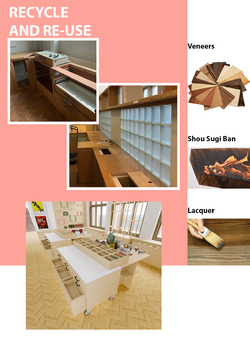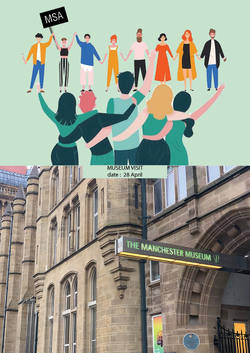Hello! work with us and build something for Manchester Museum!
Tian (USE)
Alex (Advanced Practice)
Daniel (USE)
Veronica (InfraSpace)
Emily (Advanced Practice)
GeiGa (USE)
Tian (USE)
Alex (Advanced Practice)
Daniel (USE)
Veronica (InfraSpace)
Emily (Advanced Practice)
GeiGa (USE)
Posted 17 Mar 2020 00:18


























